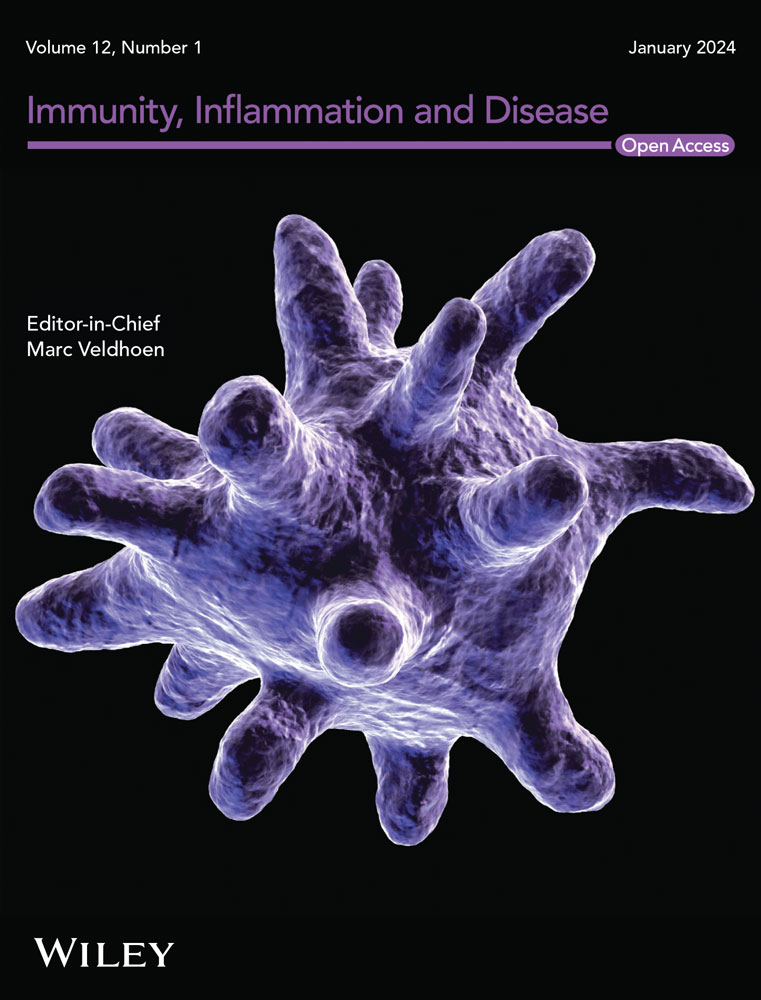Impaired Angiogenesis and Th1/Th17 Polarization: A Possible Explanation for the Decreased Incidence of Rosacea in the Aged
Abstract
Background
Rosacea is a common inflammatory skin disorder characterized by frequent facial flushing, erythema, telangiectasia, and papules, with a higher incidence observed in individuals aged 30−50 years and a tendency to decrease in the elderly. This age-related decline in incidence drew our attention to further explore the relationship between rosacea pathogenesis and aging.
Methods
We analyzed the incidence of rosacea across 8340 individuals without systemic diseases. The effects of LL37-induced rosacea-like erythema and inflammation were evaluated in both young and aged mice. Immunofluorescence analysis was performed to assess microvessel density, whereas the expression levels of angiogenesis-related factors, including matrix metalloproteinases (MMPs) and vascular endothelial growth factor α (VEGFα), were quantified. Additionally, immune responses were assessed at both the cellular and systemic levels.
Results
Aged mice displayed milder LL37-induced rosacea-like erythema and inflammation compared to their young counterparts. Immunofluorescence analysis revealed a decrease in microvessel density in rosacea models of the aged group. The expression of angiogenesis-related factors, including MMPs and VEGFα, was decreased in aged mice compared to young mice, indicating a reduced responsiveness to LL37 stimulation. Furthermore, we found that suppressed Th1- and Th17-polarized immune responses, one of the major pathogenic mechanisms of rosacea, were reduced in aged mice in response to LL37 stimulation at both cellular and systemic levels.
Conclusion
The findings suggest that impaired angiogenesis and attenuated Th1/Th17 immune responses underlie the age-related decline in rosacea incidence.


 求助内容:
求助内容: 应助结果提醒方式:
应助结果提醒方式:


